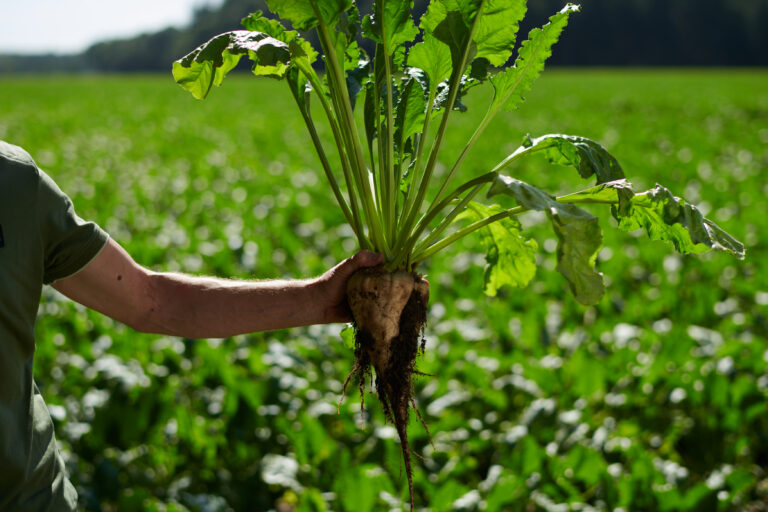
Wild chicory originates from the Mediterranean region, but is now found throughout Europe, in North Africa, the Middle East and Siberia. Chicory is grown worldwide in around 20 countries, with the largest production area in Northern Europe. In the past, it was also used as a coffee substitute. Nowadays, chicory is primarily grown as a source of the soluble fibres inulin and fructo-oligosaccharide (FOS, also known as oligofructose).
